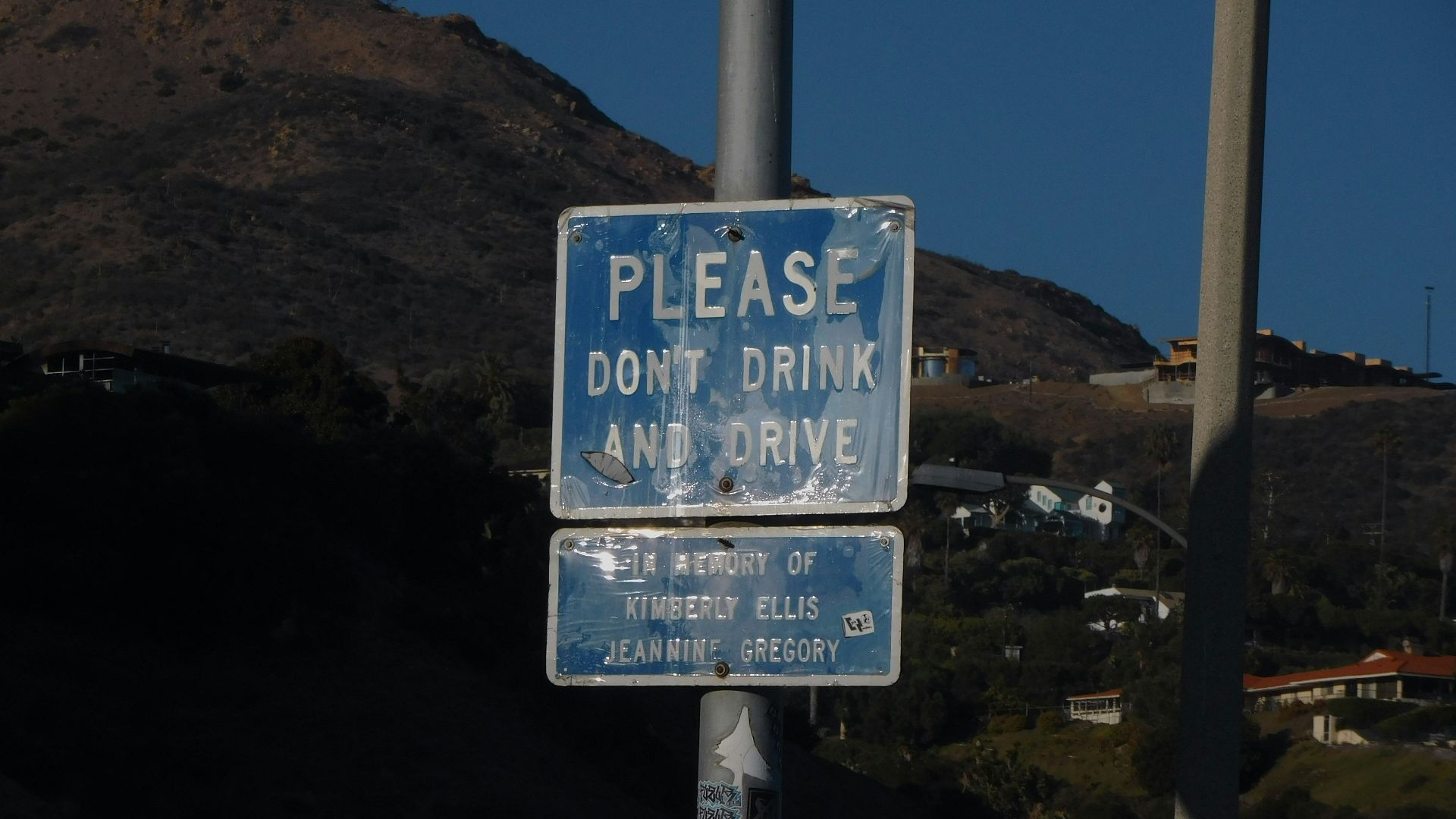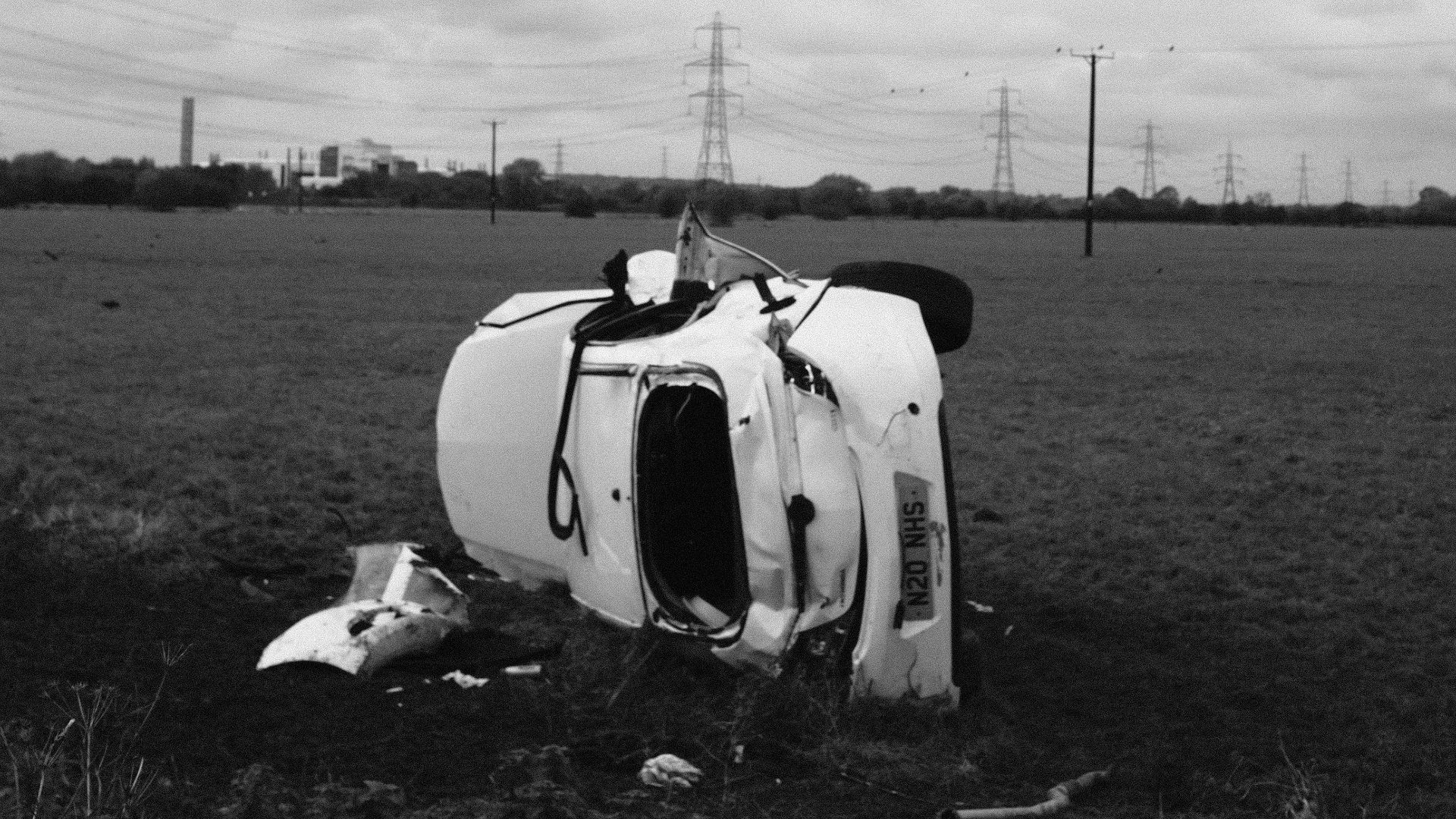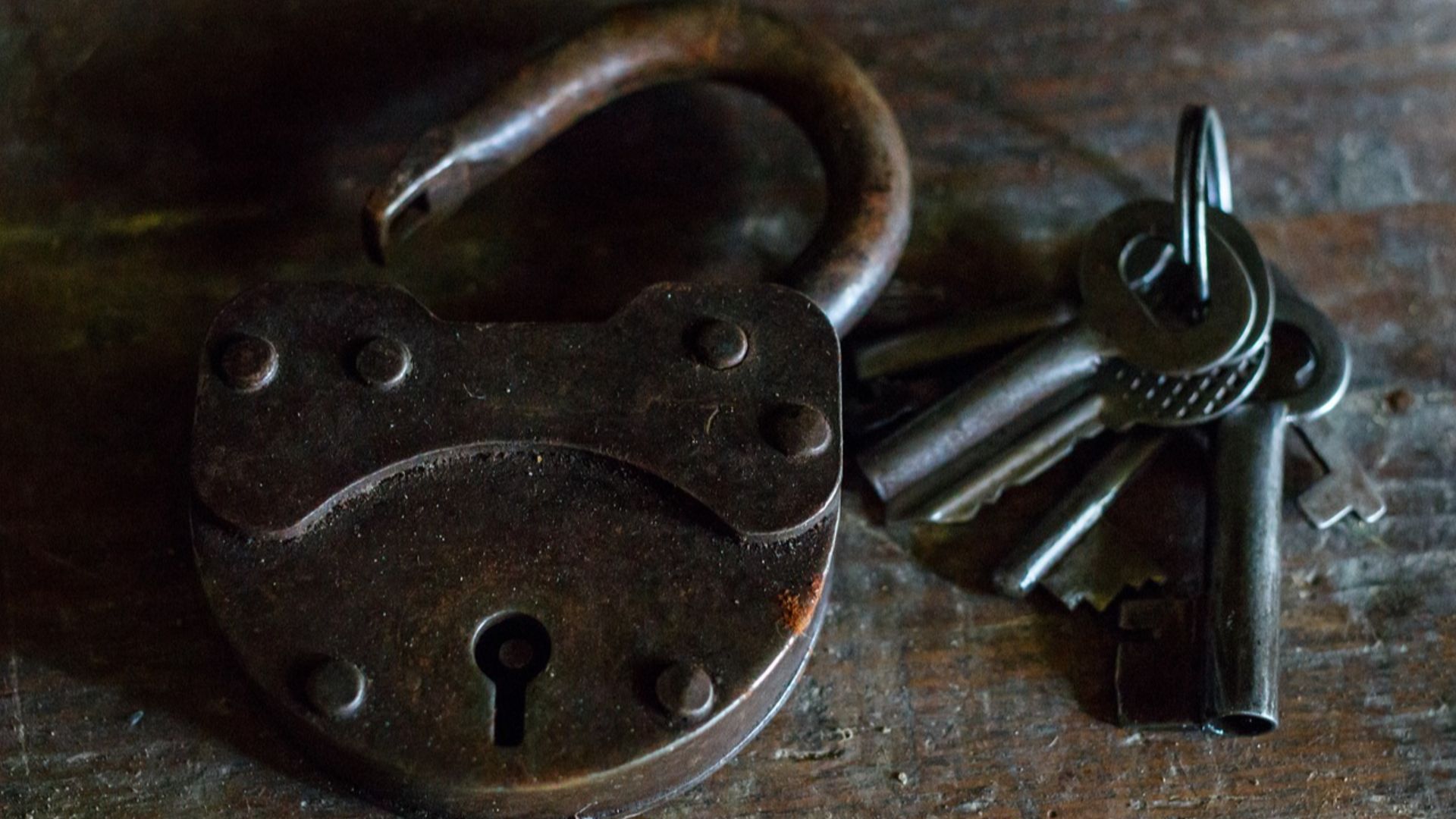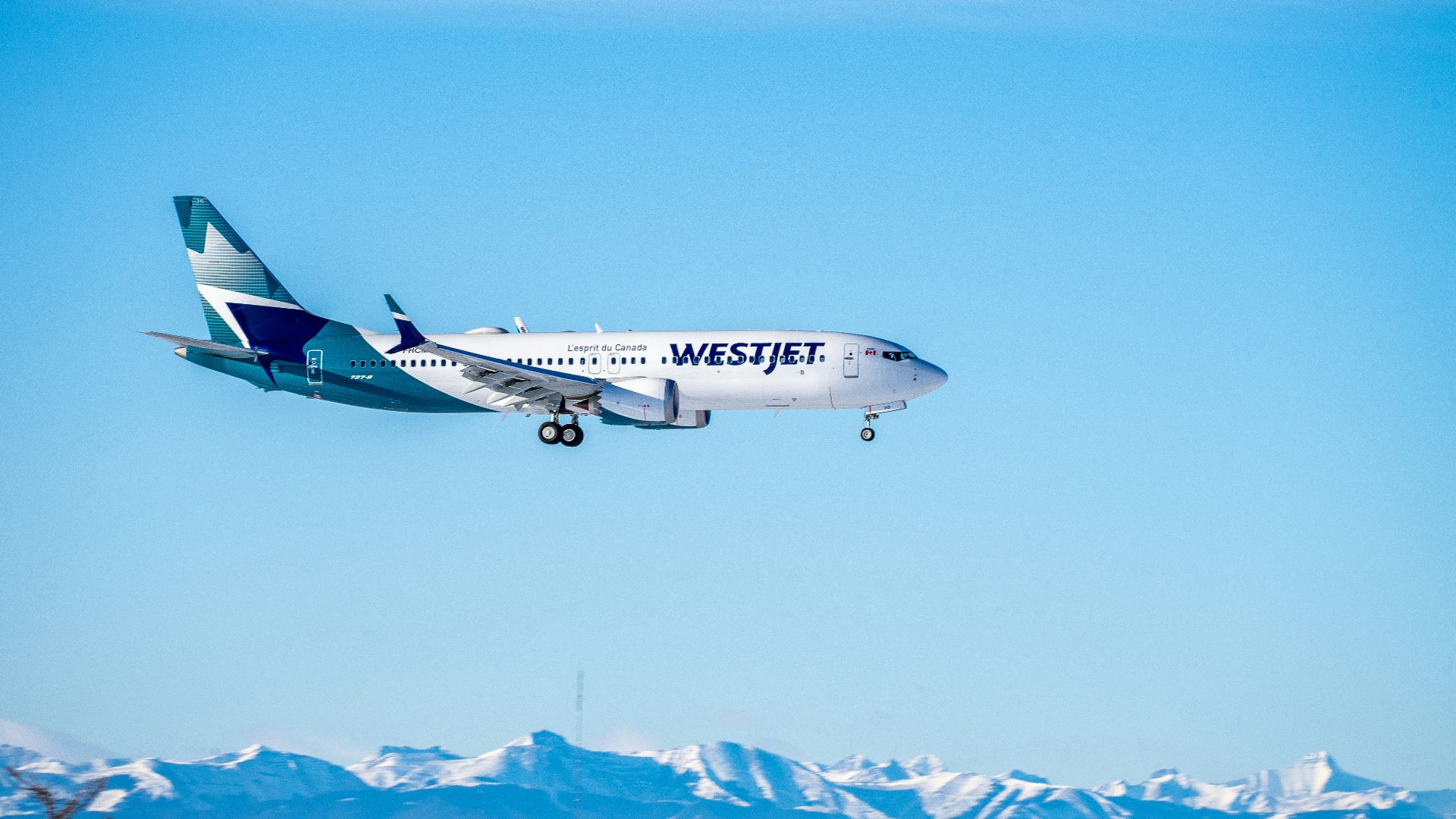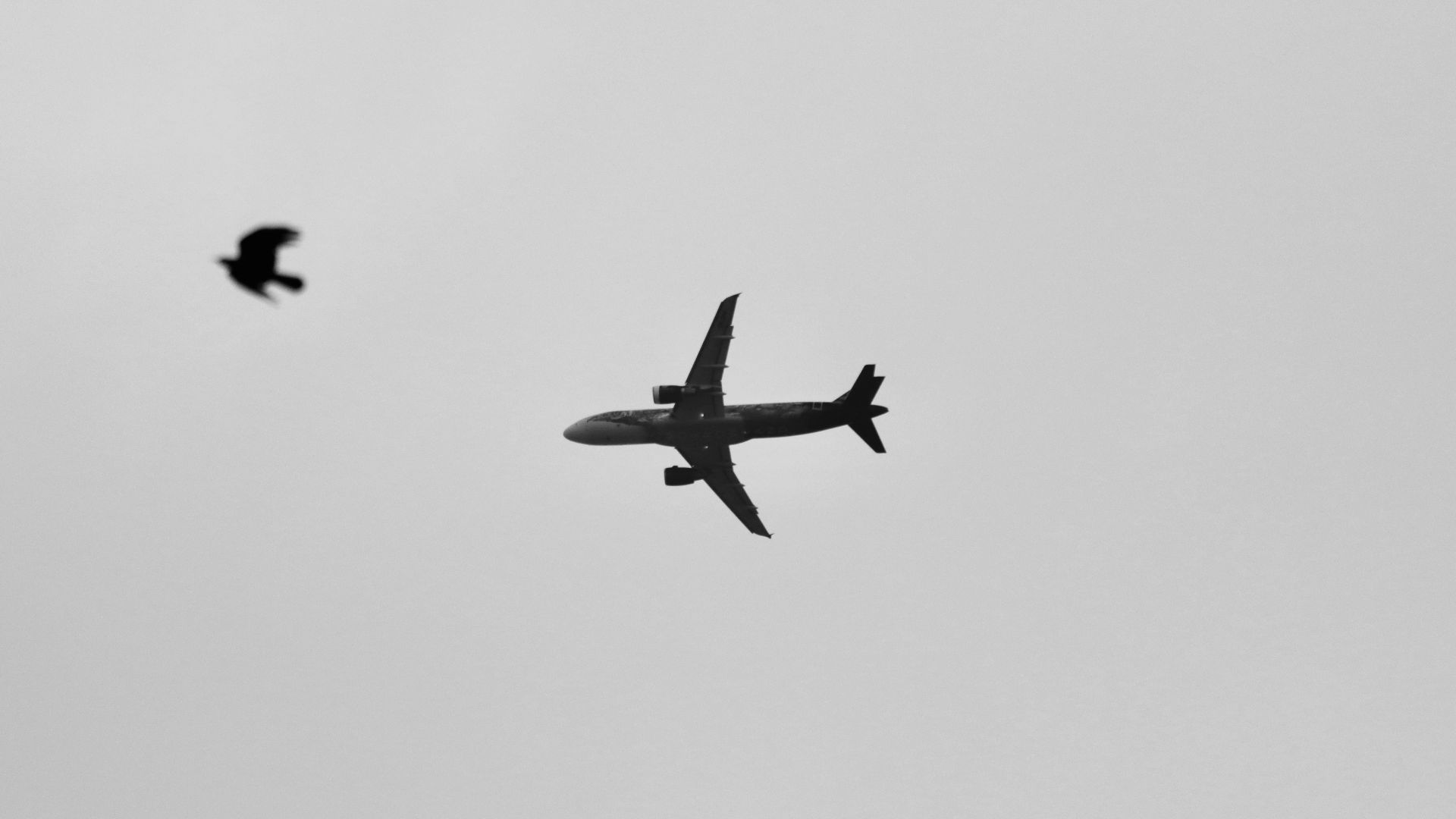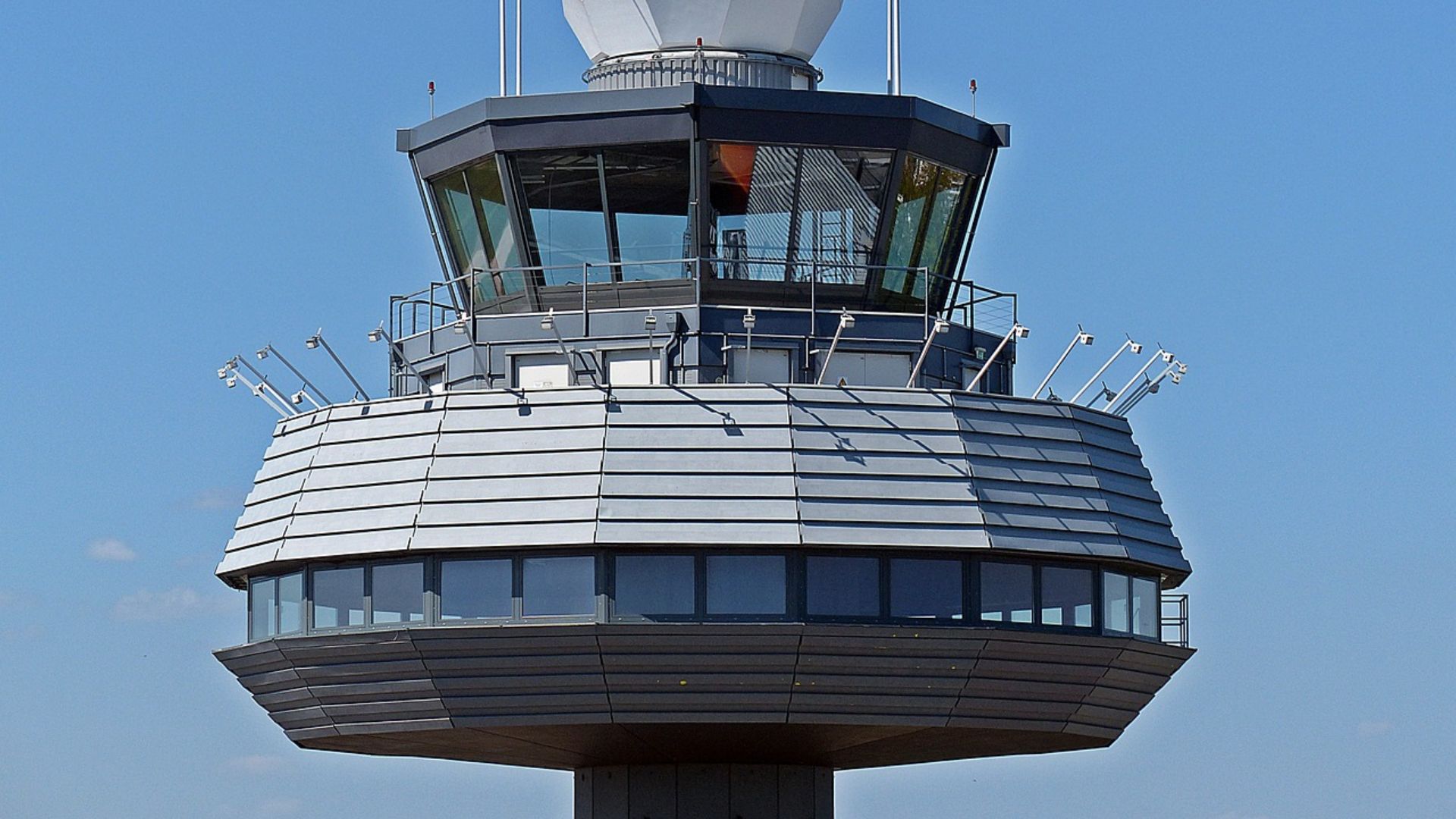Which Is Safer: The Ground or the Sky?
The safety of driving versus flying has long been debated. Many still believe it's far more dangerous to be in the air than on the road. And while malfunctions can happen in the skies, accidents are extremely rare—much rarer than collisions and mishaps that happen on the ground. Whether you're a frequent flyer, an experienced driver, or you're afraid of both, here are 10 reasons why driving is more dangerous than flying—and 10 reasons why flying might be riskier instead.
1. Human Error
Even if you have more than a decade of driving experience under your belt, it only takes one mistake to cause an accident. Not checking your mirrors, blindspots, or shoulder checks—all of which are quick, one-second glances—can result in a collision.
2. Distracted Driving
Similar to human error is distracted driving. This could happen in many ways: you could be engrossed in a conversation, humming along to music, daydreaming, or experiencing panic or heightened emotions. Distractions, especially prolonged ones, can significantly increase your chances of getting in an accident.
3. Driving Under the Influence
We've all heard about the tragedies caused by driving under the influence. And yet, millions of people still drive impaired every year, killing thousands of friends, family, and loved ones—all preventable deaths. If you plan to drink, use marijuana, or take drugs (illicit or prescribed), please do not drive. Call someone to pick you up or find a place to stay for the night.
4. Unpredictable Road Users
Cars are not the only users on the road. There are pedestrians, bicyclists, motorcyclists, and many others who drivers need to share the road with. While there are various rules in place to ensure everyone's safety, people can still be unpredictable—and sometimes reckless.
5. Traffic Congestion
During rush hours, when traffic is at an all-time high, it's much more likely for accidents to happen. Drivers may get impatient and resort to road rage, motorcyclists could suddenly dart in front of vehicles, and pedestrians could randomly jaywalk. When roads and intersections are congested, it gets much more challenging to stay vigilant of everything happening around you.
6. Speeding
Most drivers are influenced by "social driving," meaning that they tend to follow what other drivers are doing. This means you may subconsciously match the pace of traffic, even if you're trying to keep to the speed limit. The faster you go, the longer it takes to brake and react—especially if a child or animal abruptly darts onto the road.
7. Inexperienced or Reckless Drivers
New drivers can be either extremely careful or terribly reckless. Teenage drivers, in particular, may feel a "need to impress" and drive faster than the limit, make dangerous maneuvers, or forget essential checks before switching lanes or turning. Reckless drivers are the same in that they don't care about anyone else on the road but themselves.
8. Dangerous Weather
Weather can also make it difficult to drive safely. Sleet, snow, hail, rain, thunderstorms—all these conditions require drivers to know when and how to brake when the road gets slippery or tracked with precipitation. It's also important to have the right tires to handle certain weather.
9. Higher Accident Rates & Probabilities
There are more vehicular than airplane accidents that happen each year. The odds of dying in a plane crash are around one in 11 million; the odds of dying in a car crash are one in 5,000. And that's no surprise: when you take into account aggressive, drunk, or inexperienced drivers, plus the fact that there are more users on the road than in the sky, the numbers make sense.
10. Vehicle Design Flaws
But accidents could also happen out of no fault of the driver. Design flaws, while rare, are not impossible. Malfunctions in a car's system, either due to wear and tear or from its computer, can also occur. Even vehicles known to be some of the safest on the market could still experience failure.
Now that we've covered the 10 reasons why driving is more dangerous than flying, let's jump into the reverse: 10 reasons why flying could be riskier than driving.
1. Pilot Error
Pilots are human, and humans are fallible. Even the most trained pilots, with stunning records and extensive flying hours, can still make mistakes. And when you're around 35,000 feet in the sky, one mistake could mean the difference between life and death.
2. Terrorist Attacks & Hijackings
Planes are susceptible to hijackings. And while airport security is much tighter now than it was in the past, acts of terrorism can and still do occur. When a hijacking happens, pilots may be strapped for options, which can unfortunately lead to demise.
3. Unexpected Weather Conditions
Pilots are trained to react and deal with weather conditions in very methodological ways. Most of the time, planes are equipped and capable of handling storms, high winds, or rain. Even then, there can be extremely dangerous weather situations that pilots need to identify and avoid, like downdrafts, which could slam a plane down, or fog, which severely limits visibility.
4. Fire Hazards
Planes carry hundreds of tons of fuel; the Boeing 747, for example, carries around 200 tons. Being highly flammable, anything from faulty electrical lines to lithium batteries or cleaning products, like bleach, can cause a fire. When this happens, the fire can spread smoke to the cabin and the cockpit, and may damage critical control wires which can affect the hydraulic system.
5. Mechanical Failures & Design Flaws
Despite the fact that millions fly out each day around the world, there have been numerous reports and cases in the past of faulty repairs on planes, which led to mechanical failures and tragedy. Poor maintenance, unfortunately, still occurs today, even if a plane might have hundreds of thousands of successful flights before the mistake is found. More than that, design flaws can also cause pilot confusion due to inadequate training, such as in the case of the Boeing 737 MAX.
6. Bird Strikes
Bird strikes are fairly common and pose dangerous risks to a plane's engines. This typically happens when an aircraft is in its initial climb after takeoff, or during its descent. Sometime in between, it can end up flying in the same space as birds, causing a collision.
7. Disorganized Air Traffic Controllers
Air traffic controllers have to be extremely organized and focused. Unfortunately, there are times when towers are understaffed, and one controller is responsible for guiding many planes. Distractions or even the smallest mistakes, like mishearing a request or response, can lead to disaster.
8. Autopilot Malfunctions
Though there are always at least two pilots in the cockpit of a plane, most of the journey is flown by the autopilot. The computer system on planes is advanced and extremely reliable, and pilots often only need to fly manually when taking off or landing. However, autopilot malfunctions still do happen, and the consequences could be catastrophic if pilots aren't well-trained enough to react and regain control.
9. External Influences & Psychological Issues
Even when the plane itself is in excellent shape, external influences or psychological issues could still lead to pilot error—sometimes even deliberate actions. This is exceedingly rare, of course; pilots are required to stick to strict schedules, get enough rest between flights, and undergo regular testing to ensure they're fit to fly. But emotions can be unpredictable and may suddenly arise mid-flight, and mental health conditions can sometimes go undetected.
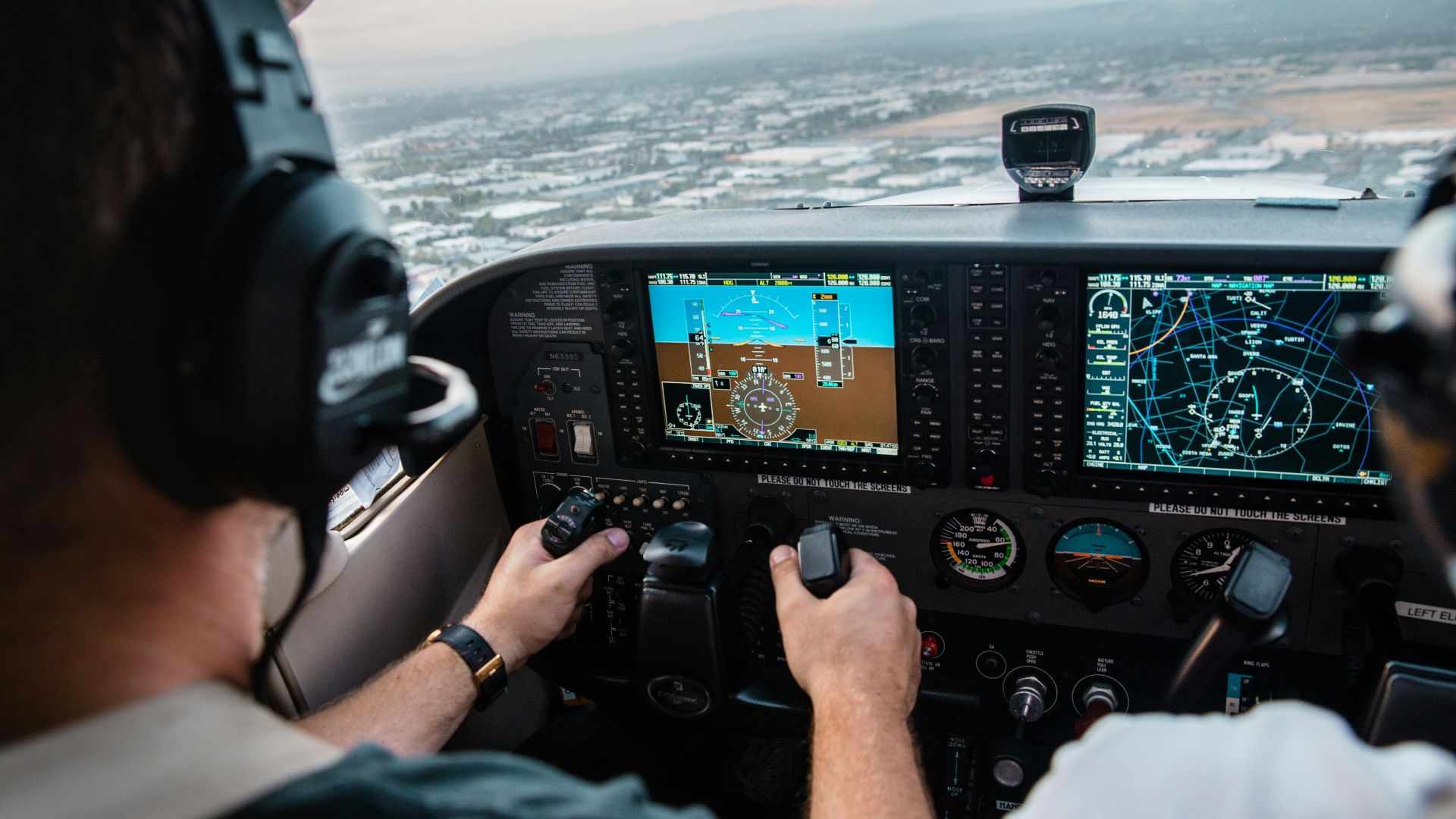 Kristopher Allison on Unsplash
Kristopher Allison on Unsplash
10. Decompression
A plane's cabin—where passengers sit—is automatically pressurized so that air remains breathable. In the event of a rapid decompression, whether due to an open door or a structural failure, that breathable air rushes out. Temperatures plummet, and hypoxia (when your body is deprived of oxygen) and hypothermia can quickly set in. If pilots are unable to identify the cause of the decompression and bring the plane safely back to the ground before hypoxia takes hold, it could lead to disaster.





